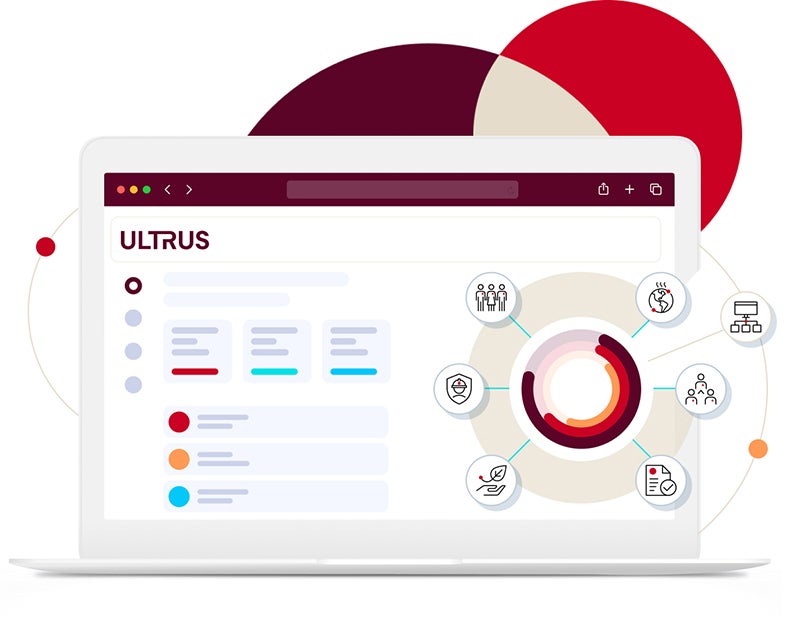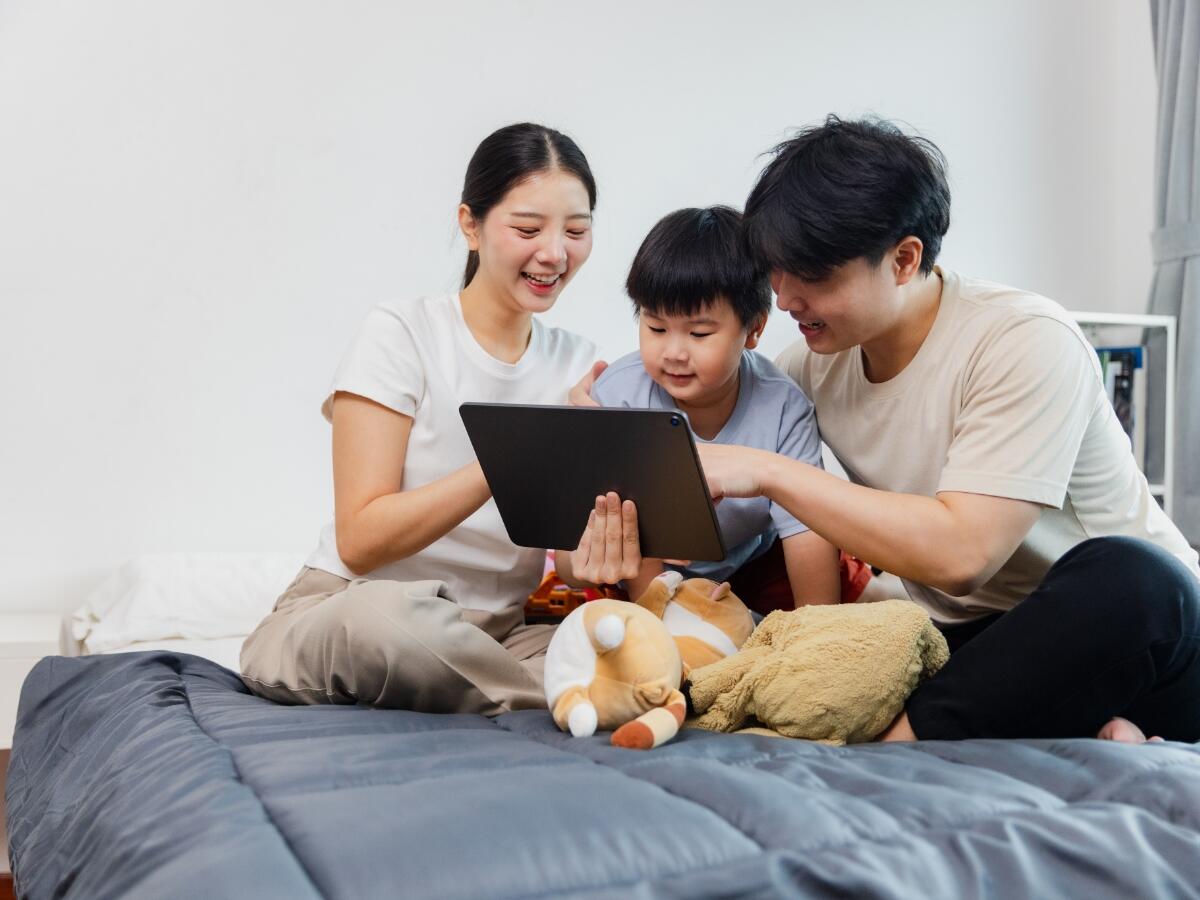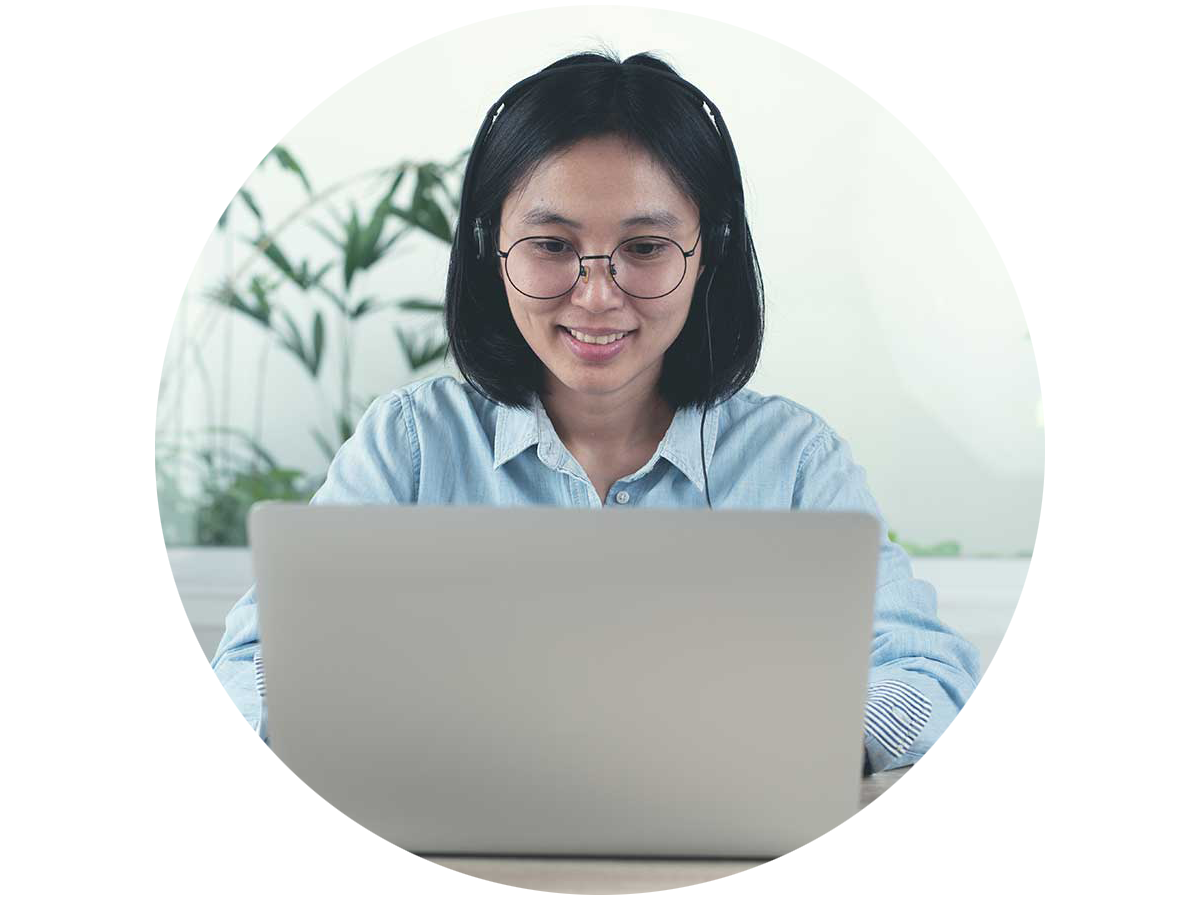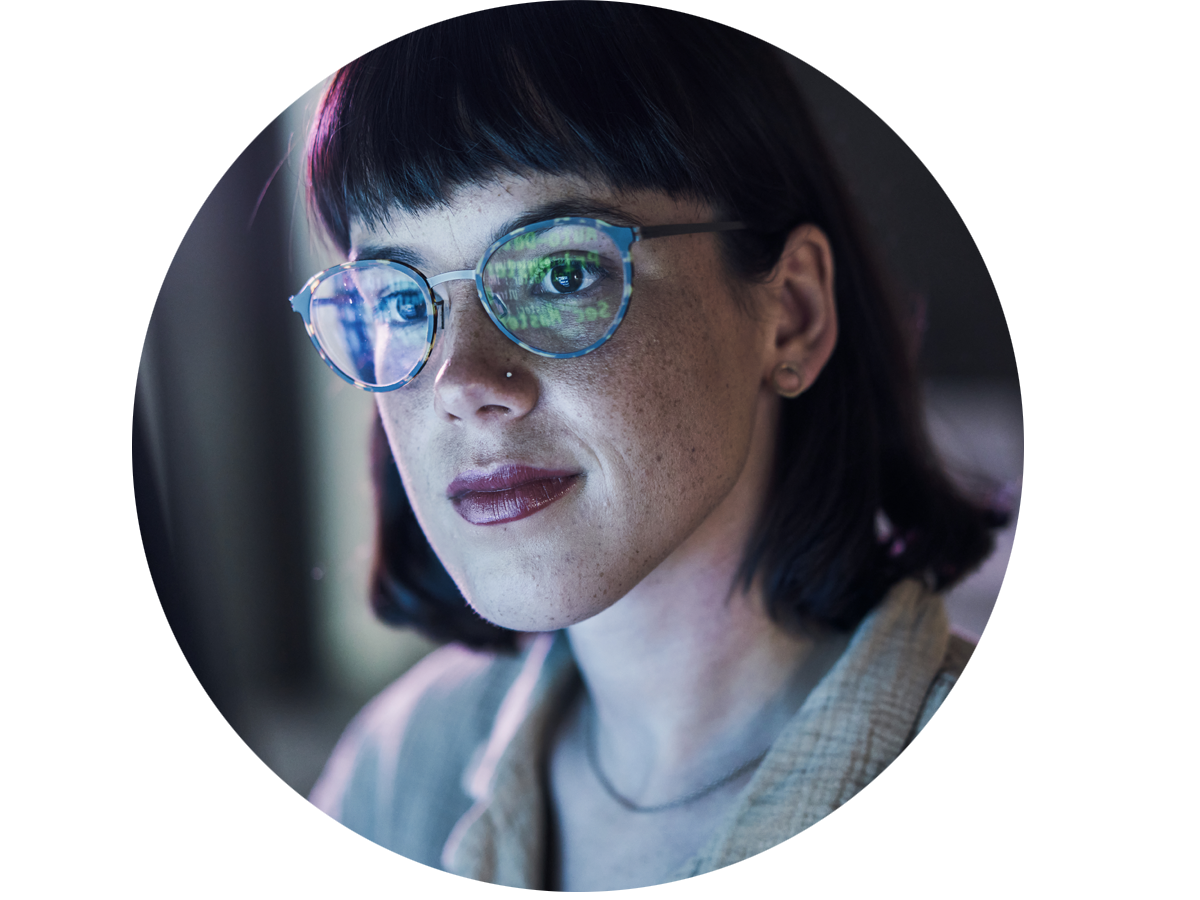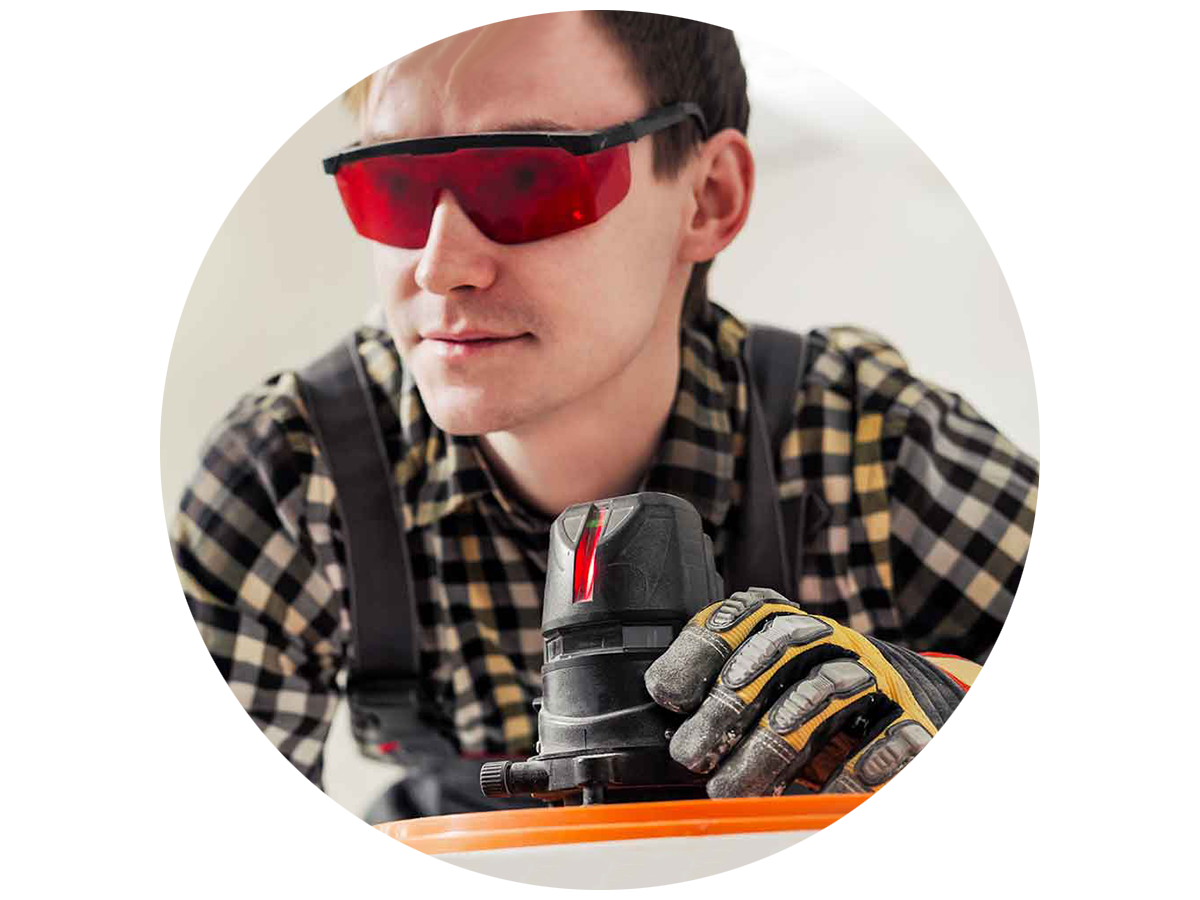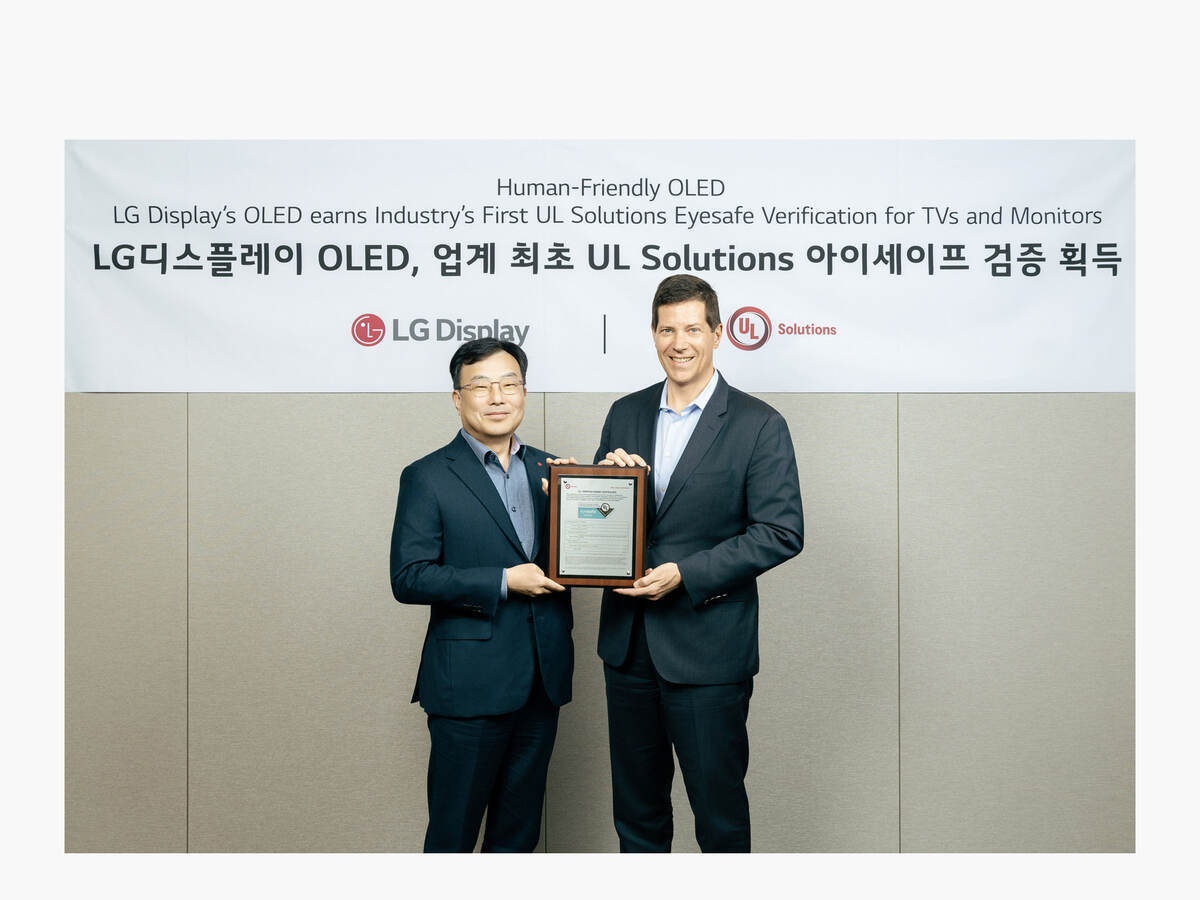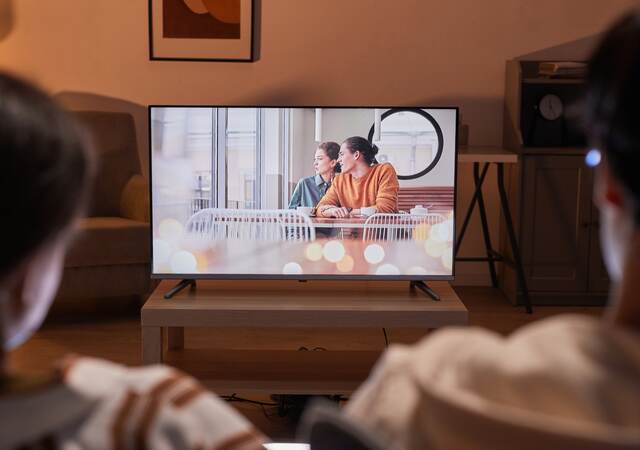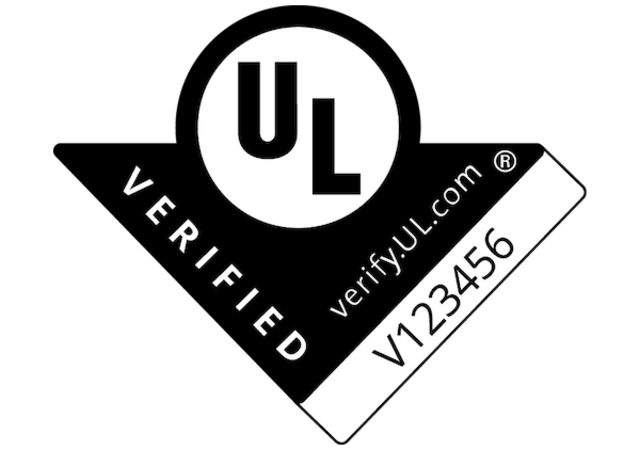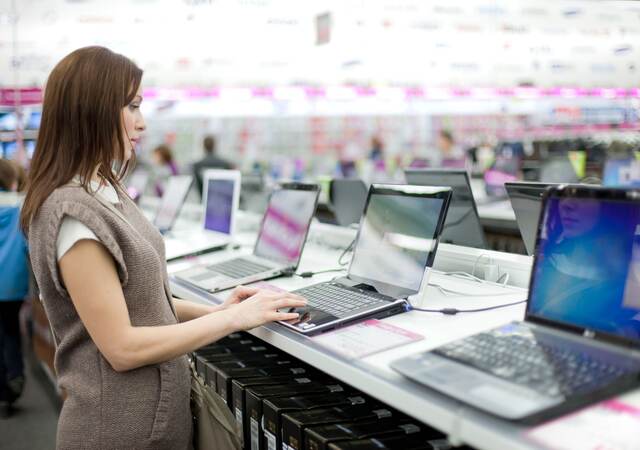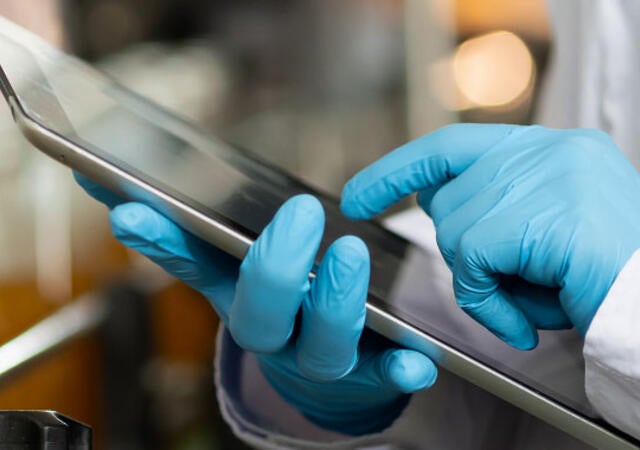In an increasingly digital world where screens permeate nearly every aspect of our daily lives, concerns about the impact of high-energy visible (HEV) blue light on human health are growing. From work and learning to entertainment and social interactions, our reliance on digital devices leads to prolonged exposure to the light they emit.
Recognizing this critical challenge, UL Solutions has collaborated with international blue light management authority Eyesafe to launch a new UL Marketing Claim Verification program enabling consumers to compare the efficacy of various blue light protection products used on mobile phones, computer monitors and other electronics. The new program incorporates criteria from Eyesafe's Eyesafe® Display Requirements 3.0 and Eyesafe® Accessory Requirements 3.0 guidelines. Historically, many blue light filtration-related requirements largely focused on the immediate ocular impacts, often overlooking the equally crucial effects on sleep-wake cycles. These Eyesafe 3.0 programs bridge this gap by introducing two distinct yet complementary metrics: the Radiance Protection Factor (RPF) and the innovative Circadian Protection Factor (CPF).
Radiance Protection Factor quantifies a product's effectiveness in reducing the high-energy visible (HEV) blue light, specifically those wavelengths peaking between 435 nm and 440 nm — the range most strongly associated with eye strain. For manufacturers, achieving a higher RPF rating for their displays or screen protectors signifies a commitment to minimizing risks from blue light, offering consumers tangible assurance that the devices are designed with their health in mind.
CPF measures how effectively a display or screen protector reduces circadian-stimulating blue light wavelengths. A higher CPF score indicates greater reduction of blue light that can disrupt sleep patterns and circadian rhythms. This is particularly vital in an era when smartphones, tablets and computers are frequently used late into the night.
UL Solutions conducts impartial testing of products against Eyesafe 3.0 criteria, providing an objective, science-based validation of marketing claims. When a product achieves the UL Eyesafe Verified Mark, it provides consumers with a clear, trustworthy symbol of reduced blue light emission. This transparency empowers consumers to make more informed purchasing decisions, selecting products that actively contribute to their visual comfort and overall well-being.
What are Eyesafe requirements?
Defines key criteria, including blue light toxicity, circadian stimulus, color gamut and color temperature, to measure a product’s blue light emissions associated with visual comfort and sleep disruption while ensuring display color performance.
RPF
Measures protection from blue light that can impact our eyes, focusing on the blue light hazard, peaking between 435-440 nanometers (nm).1 The higher the score (on a scale of 0-100), the better the blue light reduction. A score of 35 or higher is needed to earn a UL Eyesafe Verified Mark.
CPF
Focuses on reducing blue light that can affect our sleep and circadian rhythms (peak 480-500 nm).2 Higher scores indicate less circadian disruption, with 35 or higher needed to earn a UL Eyesafe Verified Mark. This requirement is optional but enables brands to use differentiated sleep-benefit messaging to address blue light’s effect on circadian rhythm as well as the consumer need for protection.
Color performance
Determines the accuracy and vividness of display colors.
Eyesafe® Accessory Requirements 3.0
Defines key criteria tailored to display type (LCD/LED or OLED) to measure a product’s blue light emissions associated with visual comfort and/or sleep disruption, while ensuring display color performance.
UL Solutions can also provide verification based on previous Eyesafe 2.0 and 2.1 requirements. For more information can be found on the Eyesafe website.
After verification, manufacturers will be able to use the UL Eyesafe Verified Mark on their products, packaging and marketing collateral to communicate their achievement.
For LCD/LED screens (common in laptops and monitors)
The assessment methodology focuses on RPF or level of blue light filtration across the wavelengths that may impact eye health (peak 435-440 nm)1 and blue light toxicity reduction. The higher the score (on a scale of 0-100), the better the blue light reduction. A score of 20 or higher is needed to earn a UL Eyesafe Verified Mark.
For OLED screens (common in smartphones)
The assessment methodology targets CPF, or level of blue light filtration across the wavelengths that can affect melatonin production and circadian rhythms (peak 480-500 nm)2 and change in circadian impact (380-780 nm). Higher scores indicate less circadian disruption, with 20 or higher needed to earn a UL Eyesafe Verified Mark.
Color accuracy
All products must meet criteria for correlated color temperature and luminance to ensure display colors remain vibrant (accommodation provided for privacy screen protection).
Why UL Solutions?
A global leader in applied safety science, UL Solutions transforms safety, security and sustainability challenges into opportunities for customers in more than 110 countries. We deliver testing, inspection and certification services, plus software and advisory offerings that support our customers’ product innovation and business growth.
Our independent assessment process is backed by our deep technical expertise and integrity. The UL Marketing Claim Verification programs are based on scientifically sound, rigorous and repeatable methodologies aimed at determining whether the validity of specific marketing and advertising statements made by a brand about their products, processes, systems or facilities are credible.
LG Display Achieves UL Solutions Eyesafe Verification for OLED Television and Monitors
The UL Solutions Marketing Claim Verification confirms LG Display’s reduced blue light emissions claims.
Get connected with our team
UL Solutions conducts impartial testing of products against Eyesafe 3.0 criteria, providing an objective, science-based validation of marketing claims.
